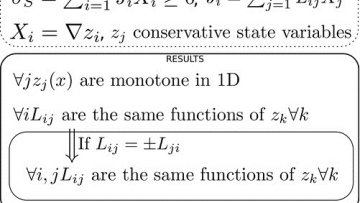Levitating drops in Leidenfrost state
Abstract
When a liquid drop is deposited over a solid surface whose temperature is sufficiently above the boiling point of the liquid, the drop does not experience nucleate boiling but rather levitates over a thin layer of its own vapor. This is known as the Leidenfrost effect. Whilst highly undesirable in certain cooling applications, because of a drastic decrease of the energy transferred between the solid and the evaporating liquid due to poor heat conductivity of the vapor, this effect can be of great interest in many other processes profiting from this absence of contact with the surface that considerably reduces the friction and confers an extreme mobility on the drop. During this presentation, I hope to provide a good vision of some of the knowledge on this subject through some recent studies that we have done. First, I will present a simple fitting-parameter-free theory of the Leidenfrost effect, successfully validated with experiments, covering the full range of stable shapes, i.e., from small quasi-spherical droplets to larger puddles floating on a pocketlike vapor film. Then, I will discuss the end of life of these drops that appear either to explode or to take-off. Finally, I will show that the Leidenfrost effect can also be observed over hot baths of non-volatile liquids. The understanding of the latter situation, compare to the classical Leidenfrost effect on solid substrate, provides new insights on the phenomenon, whether it concerns levitation or its threshold.


